Hot desks: a new exhibition takes a peek at the personal workspaces of London’s creative minds
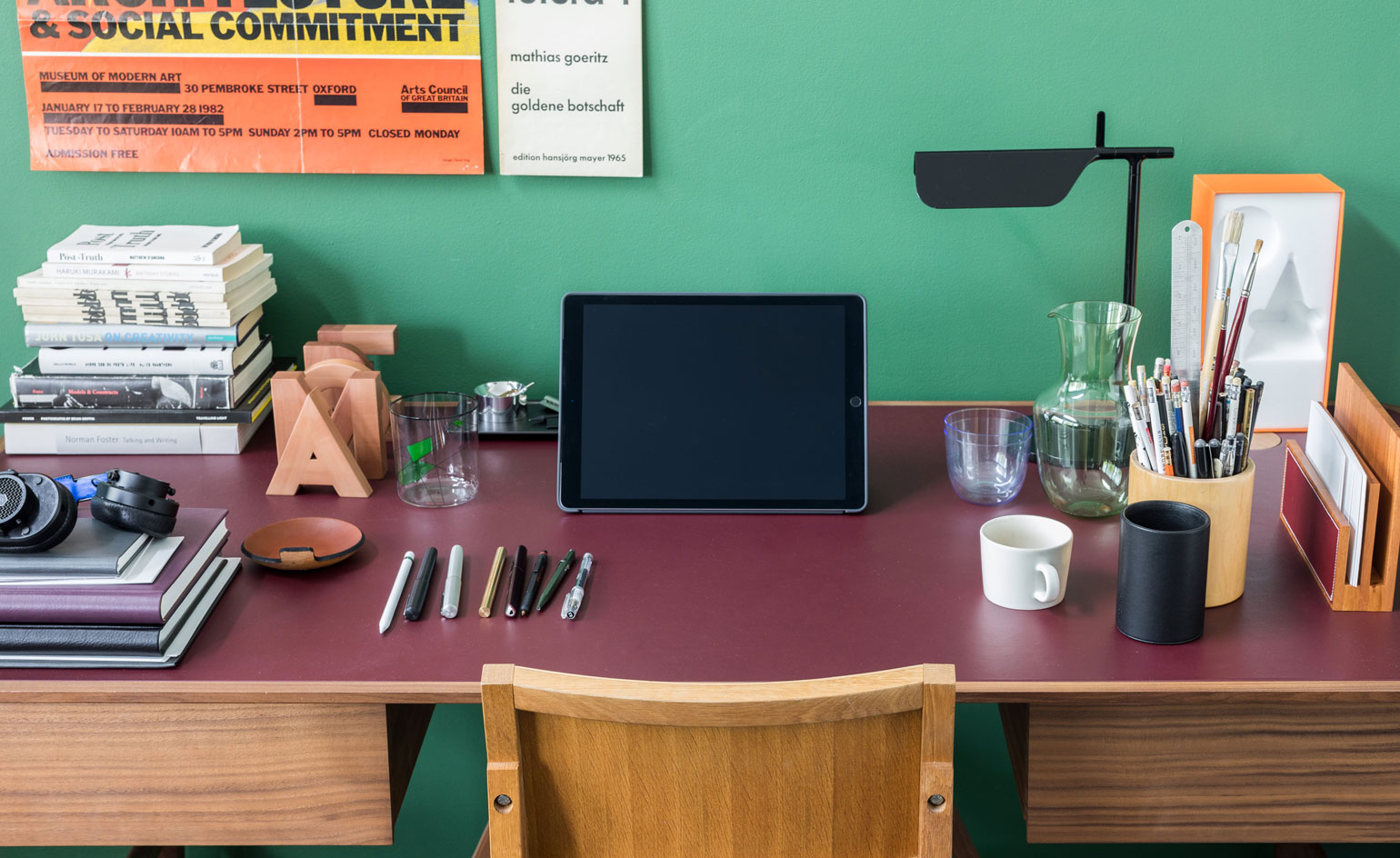
What does your desk say about you? According to a new photographic exhibition at the showroom of German furniture manufacturer Walter Knoll, examining the way in which we work today could help us explore how we might work better tomorrow.
Called ‘DeskTop’, the exhibition offers a glimpse of the workspaces of some of London’s most inspirational minds including Serpentine Galleries director Yana Peel, architect Sir Nicholas Grimshaw, curator Johanna Agerman-Ross, designer Luke Pearson of Pearson Lloyd, architect Matthew Blain of Hassell, architect and designer Sevil Peach, designer Mike Holland of Foster + Partners and our very own Tony Chambers, Wallpaper* brand and content director.
Curated by writer and editor Jonathan Openshaw, the eight workspaces are presented through photographs taken by Anton Rodriguez – the photographer behind the 2016 book Residents: Inside the Iconic Barbican Estate.
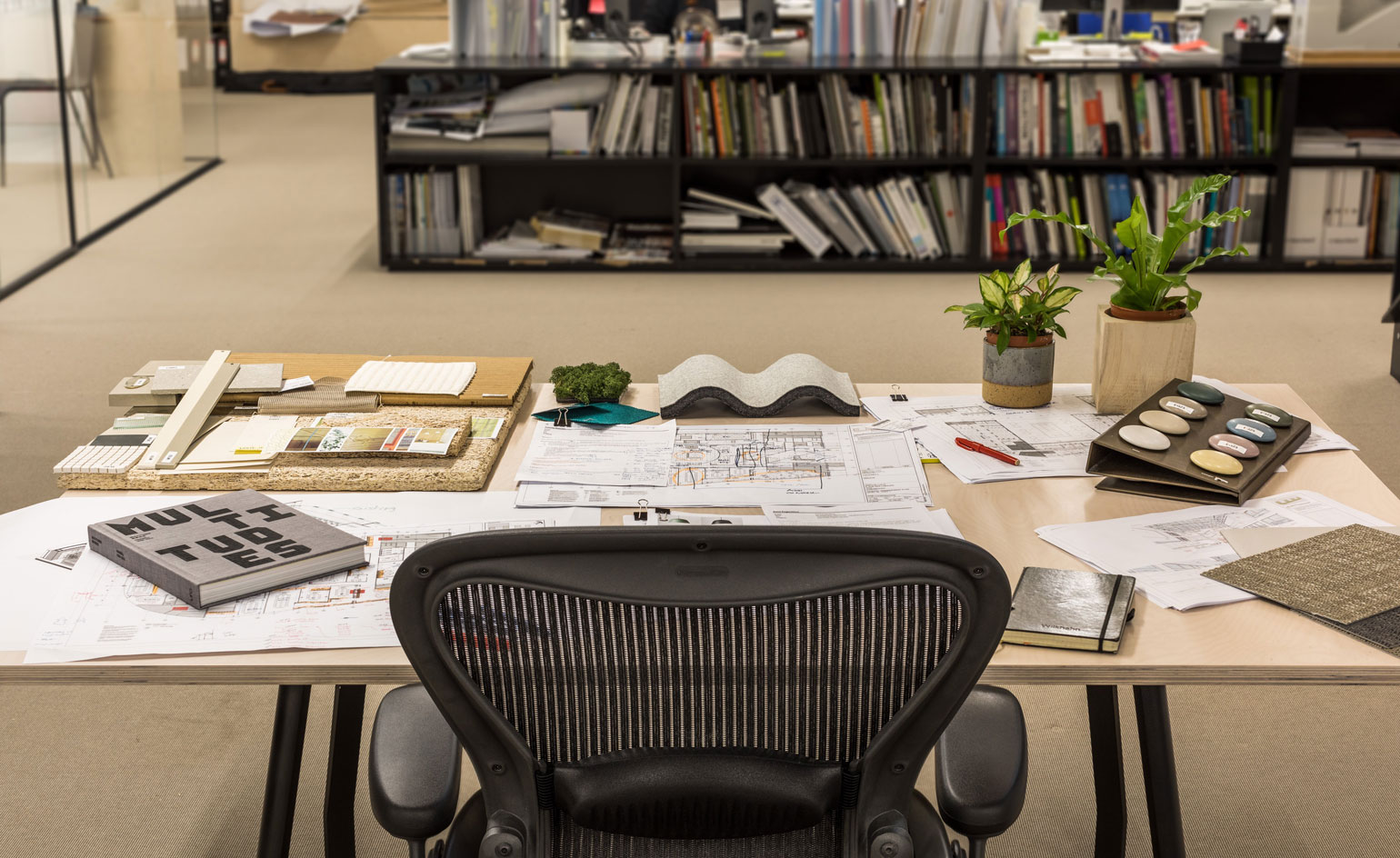
The desk of Matthew Blain, director of Hassell Architects
‘We were interested in what kind of spaces London’s creative community work in and what they require from a physical environment,’ says Openshaw, who writes a monthly column for Mr Porter on the future of the workplace. ‘We had a list of around 20 names for this, spread across design, architecture, curation, journalism etc, and were really please with the eight who said yes the quickest!’
Openshaw and Walter Knoll CEO Markus Benz hope that the show will generate questions about how the office space needs to innovate in order to remain relevant, and the role that office furniture can play in these changes.
‘I think a lot of people are grappling with the future of the workplace at the moment, and as business and leisure merge into each other more and more, design brands are looking at how they can apply their expertise from the home to the office,’ says Openshaw, who leapt at the chance to work with Walter Knoll on the brief. ‘DeskTop asks questions about the way we work today and how we might work better tomorrow.’
As well as revealing their desks, each participant was asked to choose one object that captures an element of their way of working, which is displayed beside their corresponding photograph. For example, Johanna Agerman Ross chose a thesaurus and dictionary because she loves browsing the ‘many possibilities of vocabulary’ rather than just searching for words online. Tony Chambers makes reference to his training in graphic design and work as an editor with a magnifying lens and loupe; while Sevil Peach chose a tape measure that she got in a Christmas cracker and always carries with her because it helps her to orient herself in a new space.
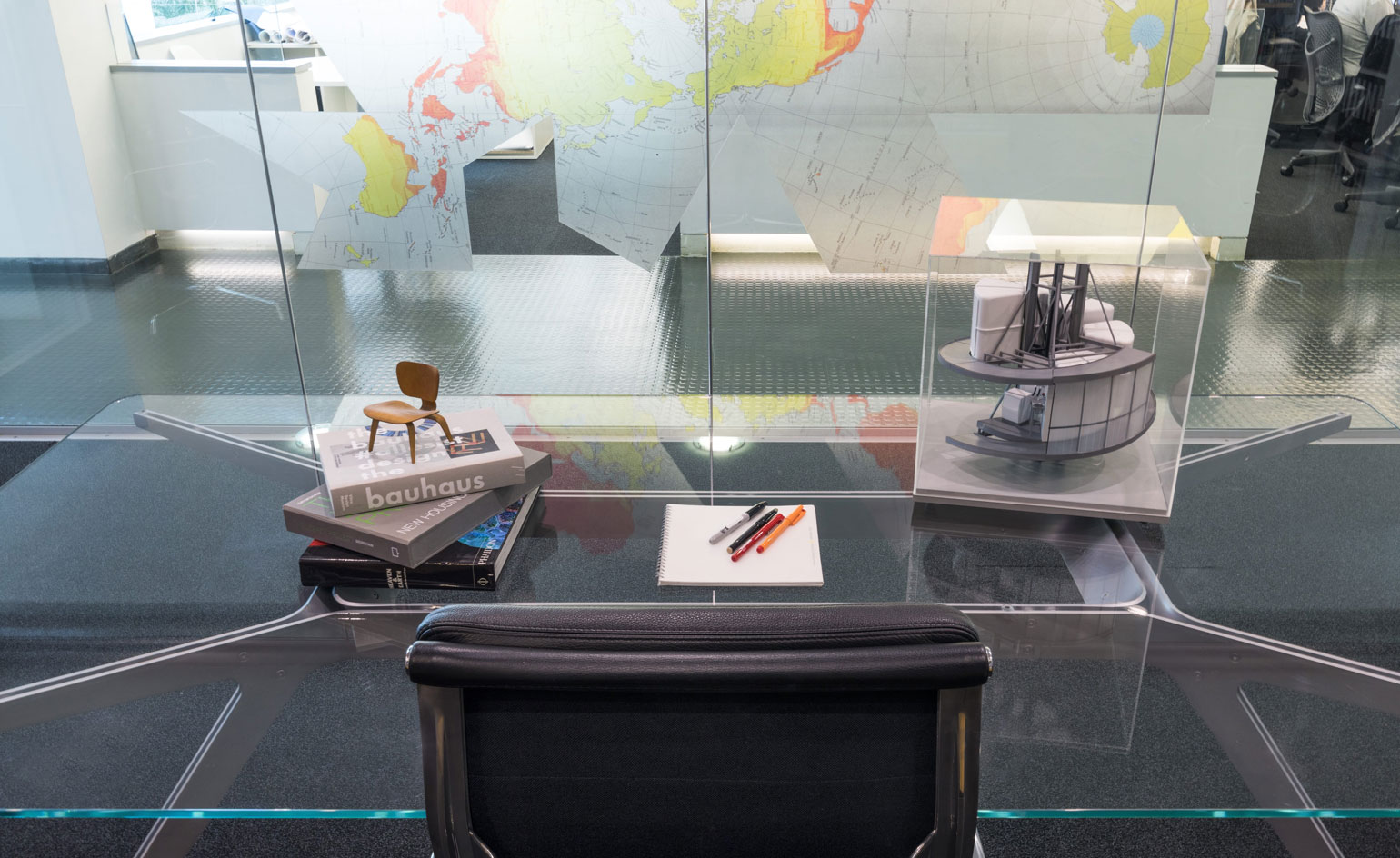
The desk of Sir Nicholas Grimshaw, founder of Grimshaw architects
‘What I found most interesting is trying to decipher the clues to the personality or modus operandi of each person, through their desks as well as through the objects they chose to display,’ reflects Openshaw. ‘Sir Nicholas Grimshaw’s desk was in a conference room for example, where he meets with his team and oversees multiple projects. Yana Peel’s was also a communal table where she meets artists and curators – it was all about conversation rather than screen time.’
‘The exhibition feels a bit like playing detective as each image is anchored with the back of an empty chair in the centre,’ he continues. ‘So hopefully the viewer is encouraged to imagine the person who’s just stepped out of the frame and think about what this space says about them.’
With statistics from the Bank of England estimating that AI will replace anything up to 48 per cent of existing jobs by 2025, ‘DeskTop’ serves as reassurance that our attachment to the physical is in no danger of disappearing.
‘At the end of the day, humans are physical animals,’ concludes Openshaw. ‘We’re tactile, we need to relate to each other. We cannot exist in VR enhanced digital bubbles. Digital tools are wonderful things and technology advances our potential and output massively, but I think there will always be a place for wood, paper and ink in how we work through ideas and make imaginative leaps.’
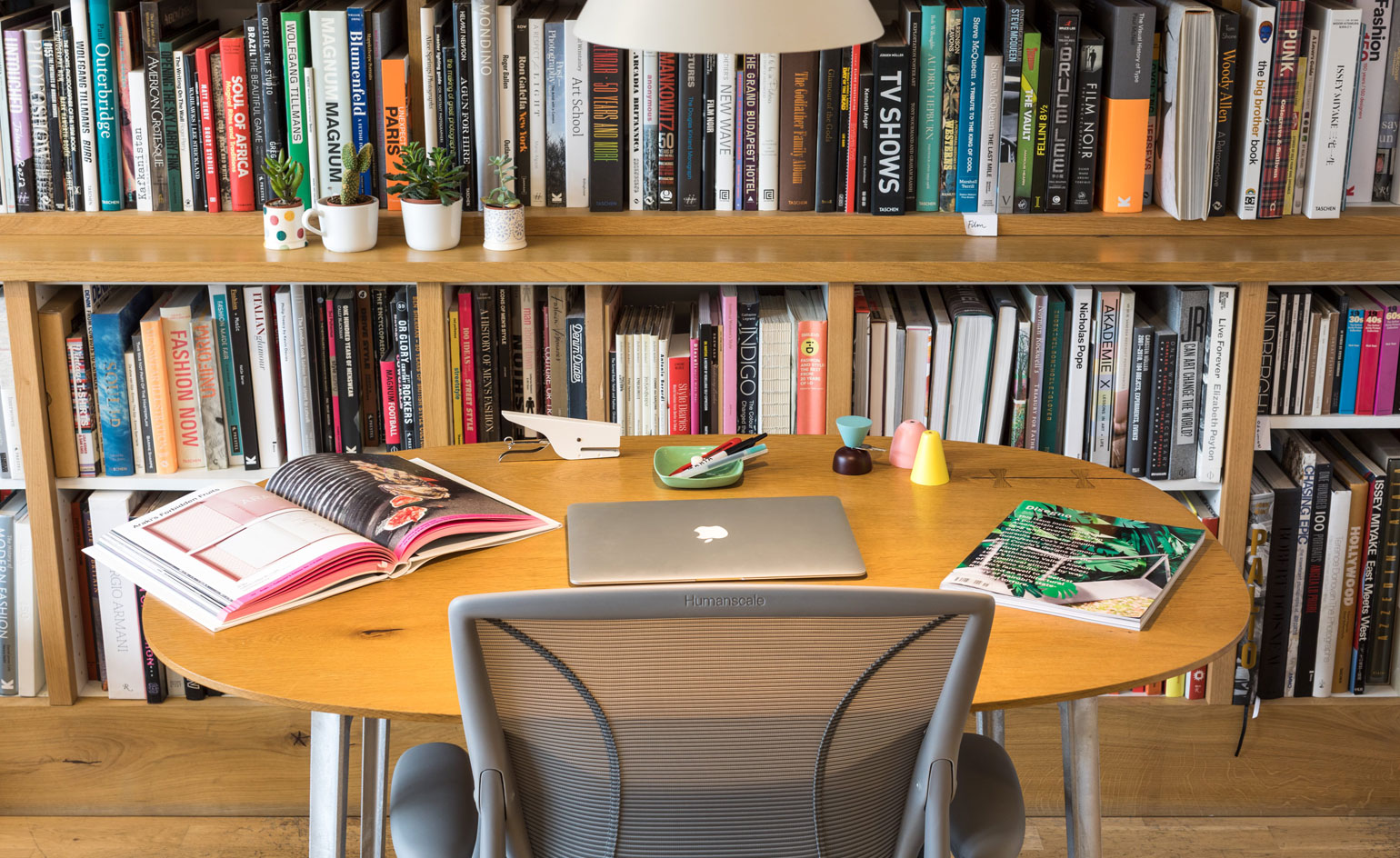
The desk of Johanna Agerman Ross, curator at the V&A museum
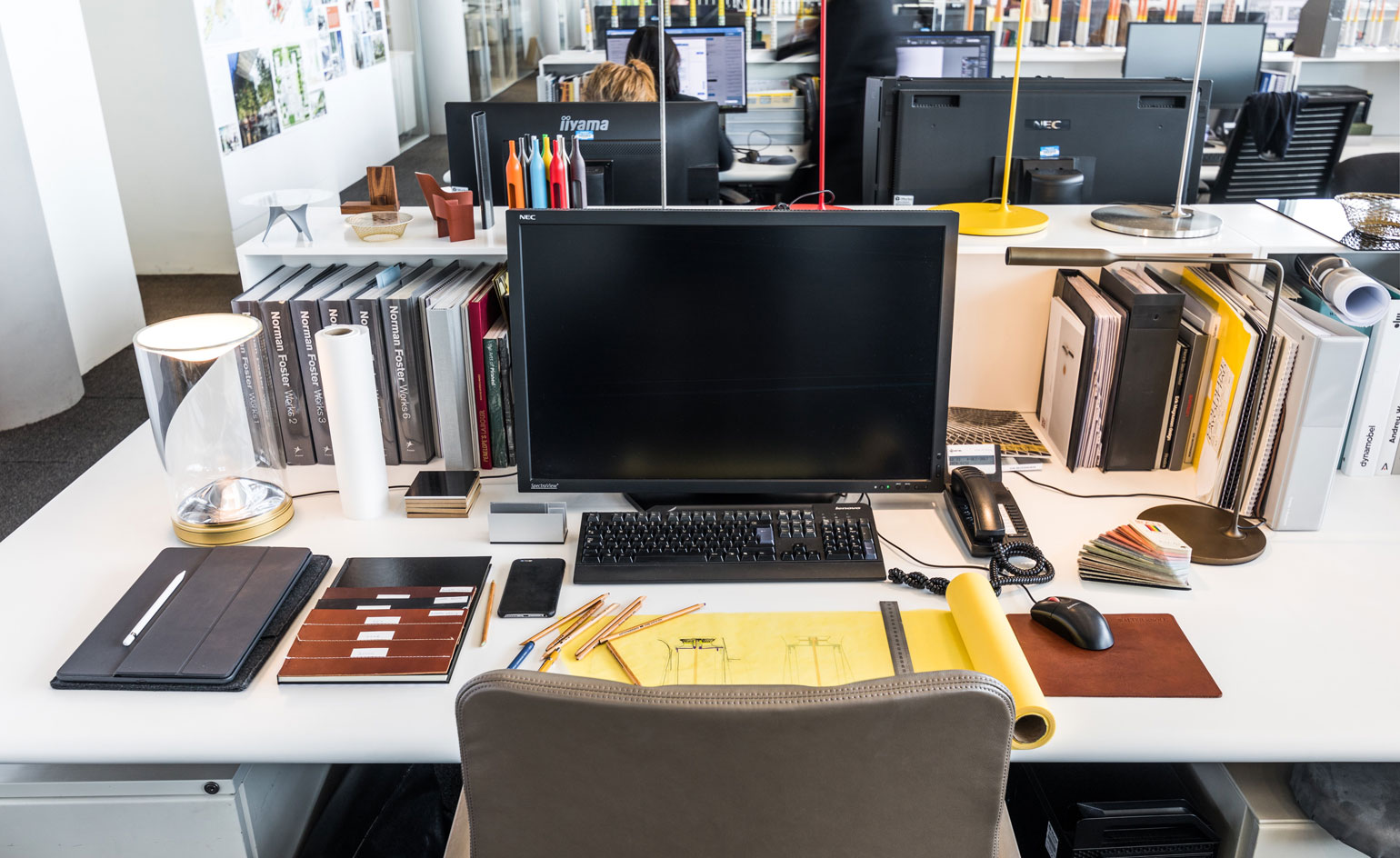
The desk of Mike Holland, head of industrial design and partner at Foster + Partners
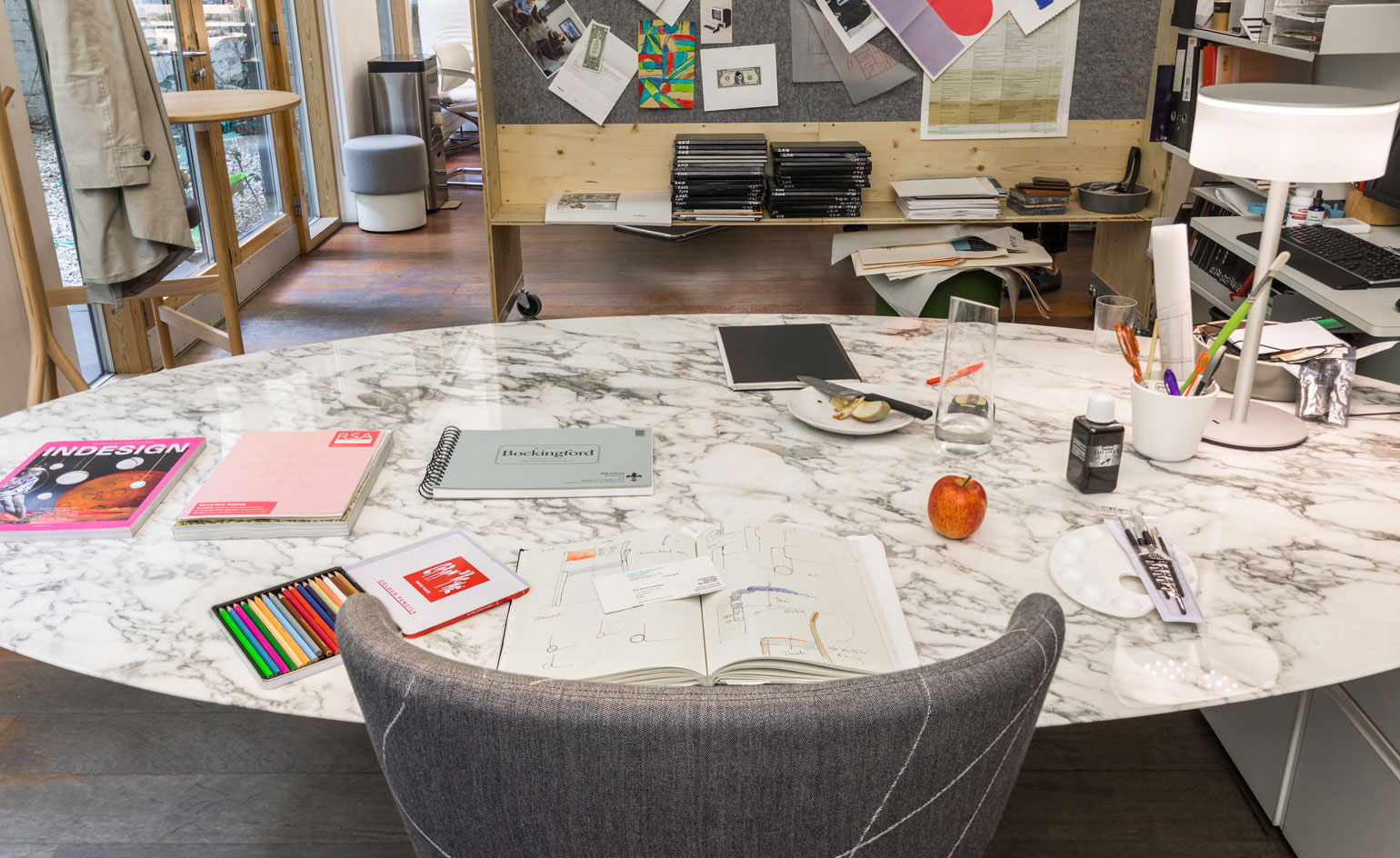
The desk of Luke Pearson, founder of PearsonLloyd
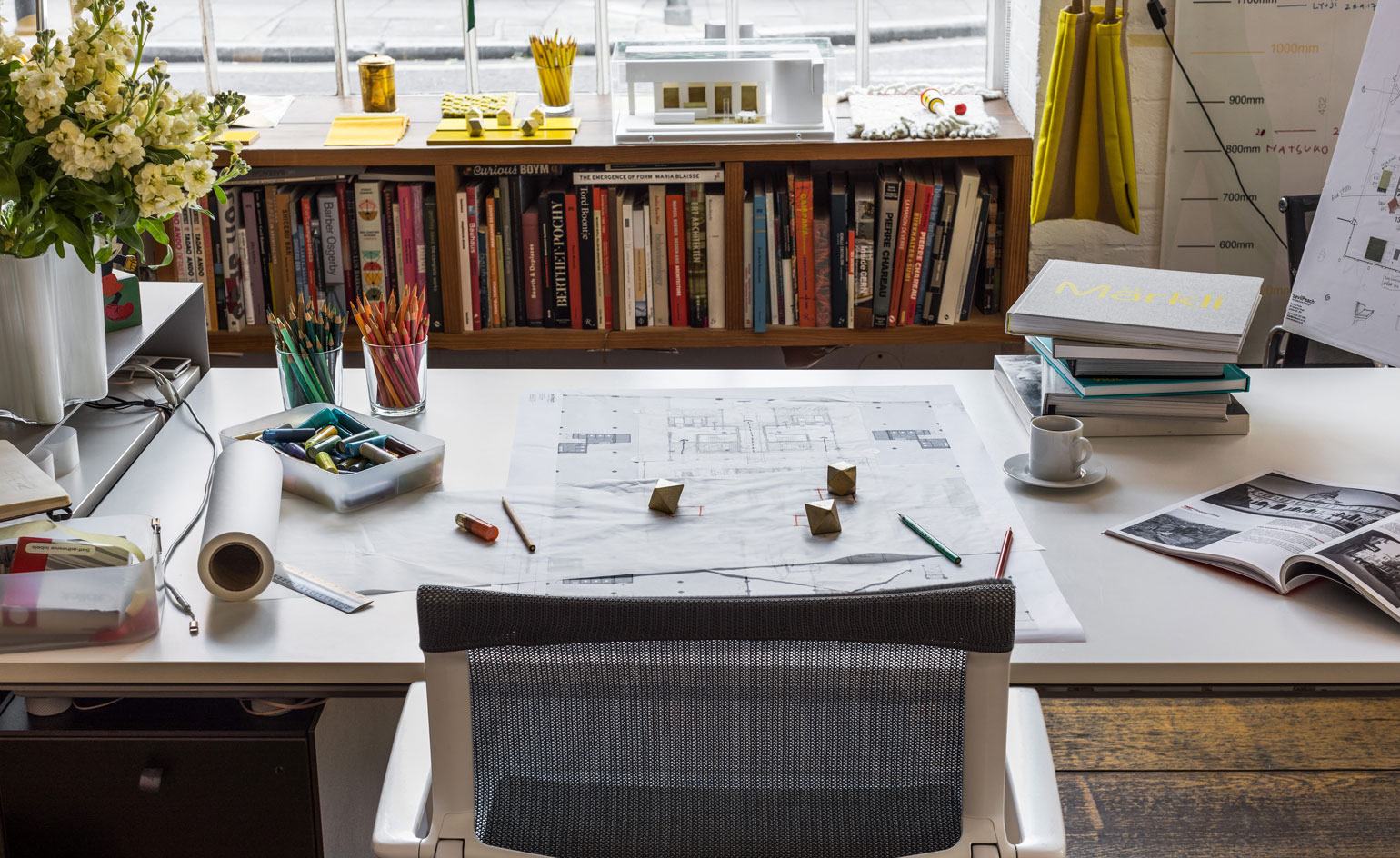
The desk of Sevil Peach, founder of Sevil Peach Studio
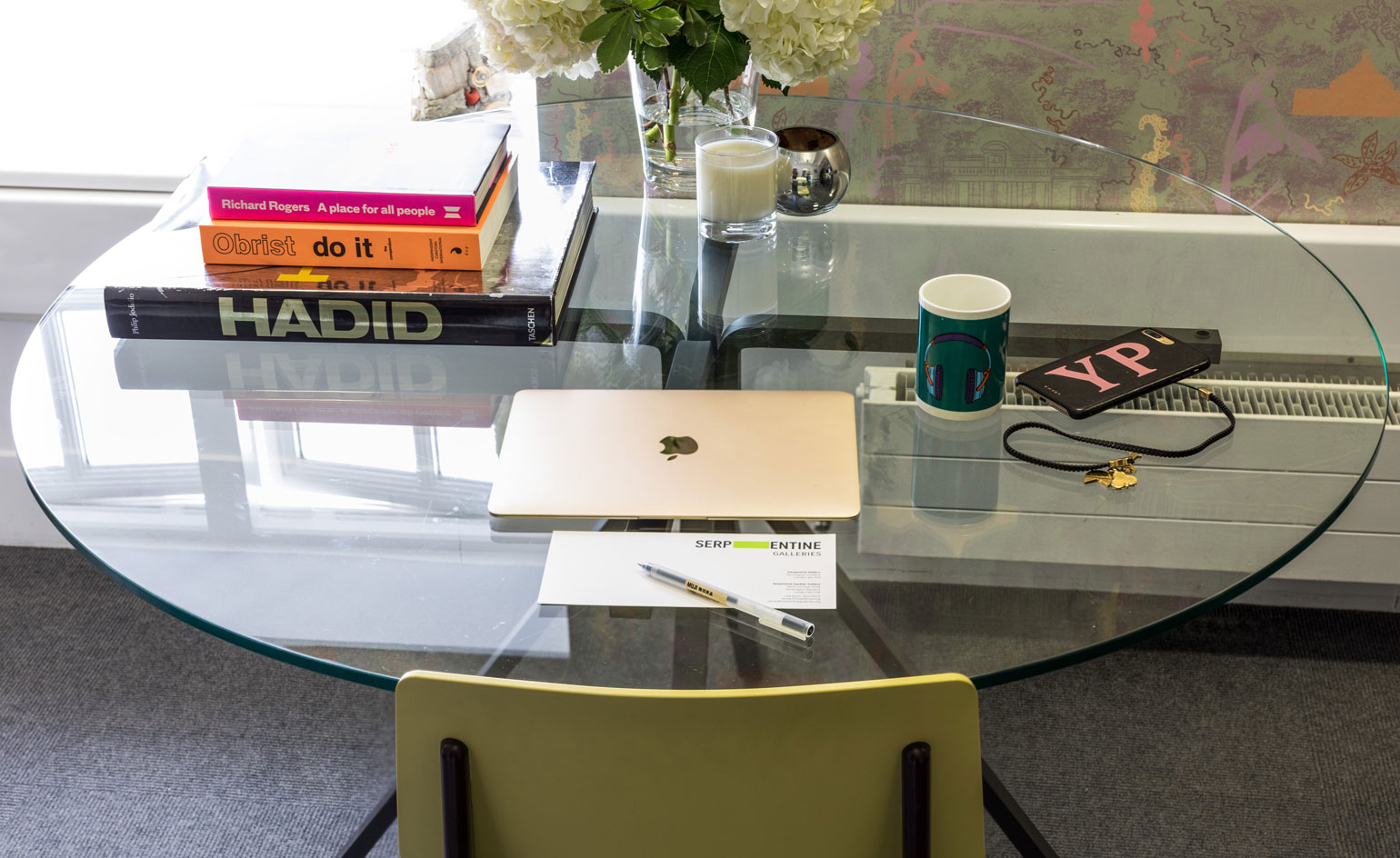
The desk of Yana Peel, CEO of Serpentine Galleries
INFORMATION
‘DeskTop’ is on view until 30 November. For more information, visit the Walter Knoll website
ADDRESS
Walter Knoll
42 Charterhouse Square
London
EC1M 6EA
Receive our daily digest of inspiration, escapism and design stories from around the world direct to your inbox.
Ali Morris is a UK-based editor, writer and creative consultant specialising in design, interiors and architecture. In her 16 years as a design writer, Ali has travelled the world, crafting articles about creative projects, products, places and people for titles such as Dezeen, Wallpaper* and Kinfolk.
-
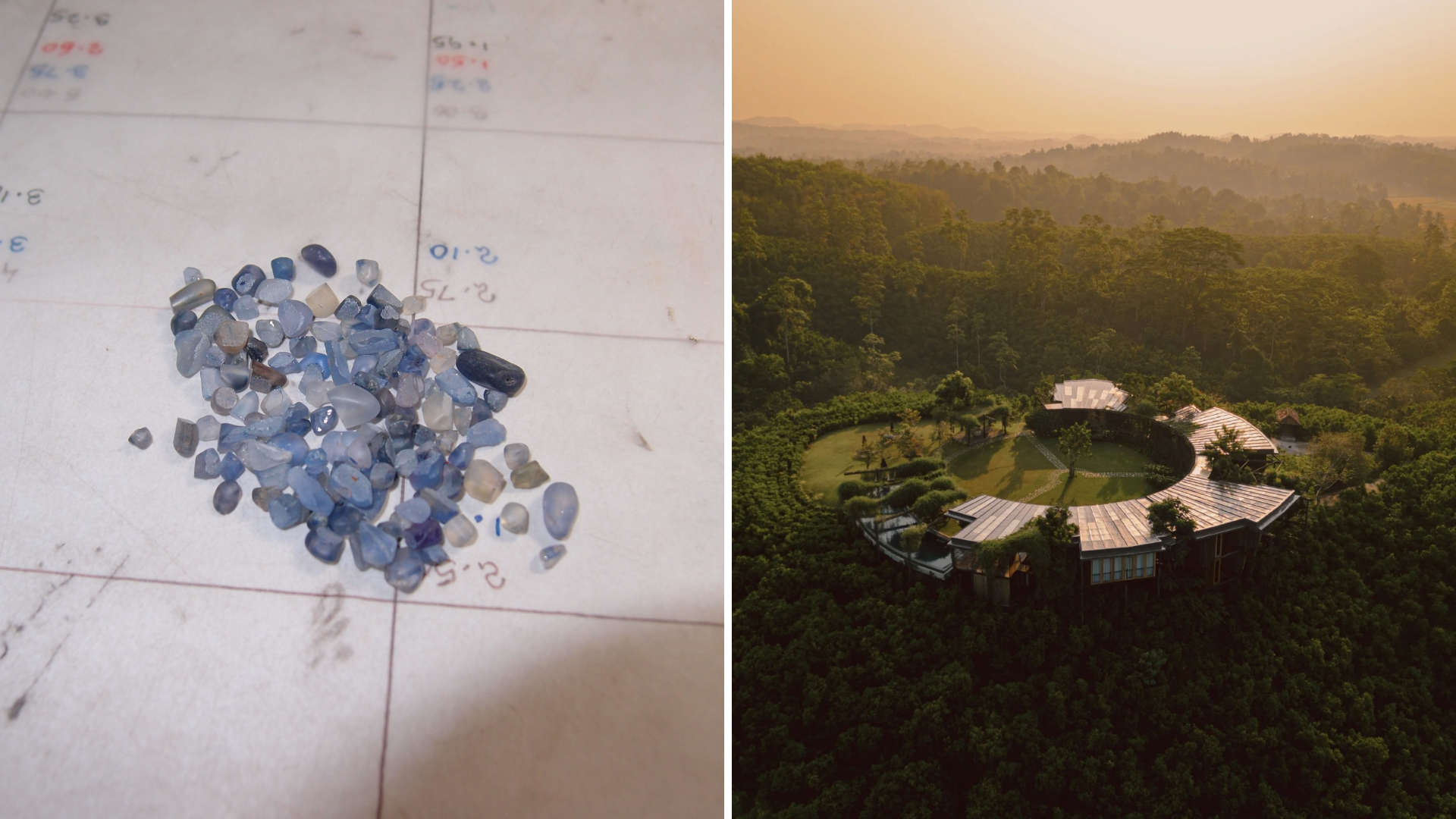 Love jewellery? Now you can book a holiday to source rare gemstones
Love jewellery? Now you can book a holiday to source rare gemstonesHardy & Diamond, Gemstone Journeys debuts in Sri Lanka in April 2026, granting travellers access to the island’s artisanal gemstone mines, as well as the opportunity to source their perfect stone
-
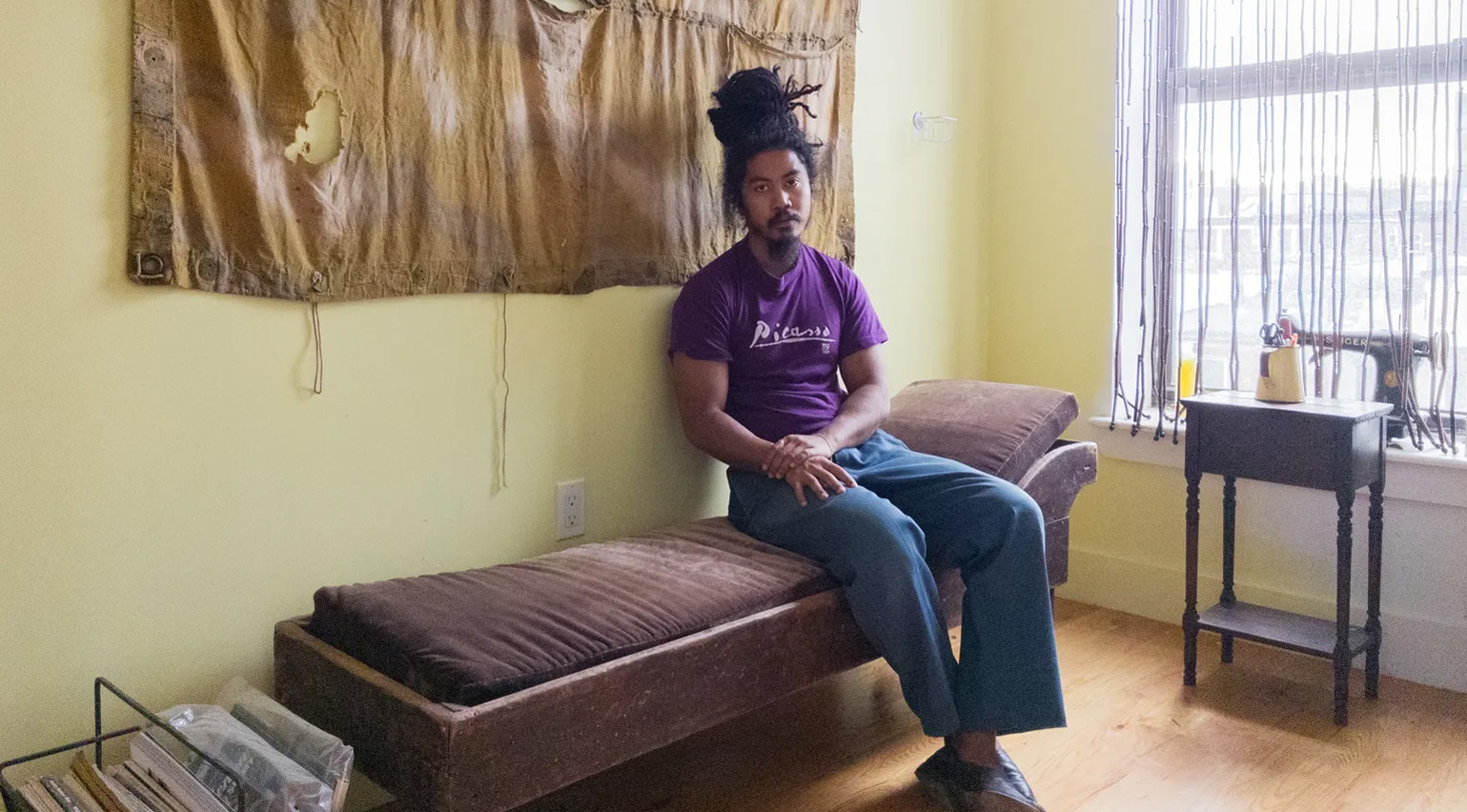 The rising style stars of 2026: Connor McKnight is creating a wardrobe of quiet beauty
The rising style stars of 2026: Connor McKnight is creating a wardrobe of quiet beautyAs part of the January 2026 Next Generation issue of Wallpaper*, we meet fashion’s next generation. Terming his aesthetic the ‘Black mundane’, Brooklyn-based designer Connor McKnight is elevating the everyday
-
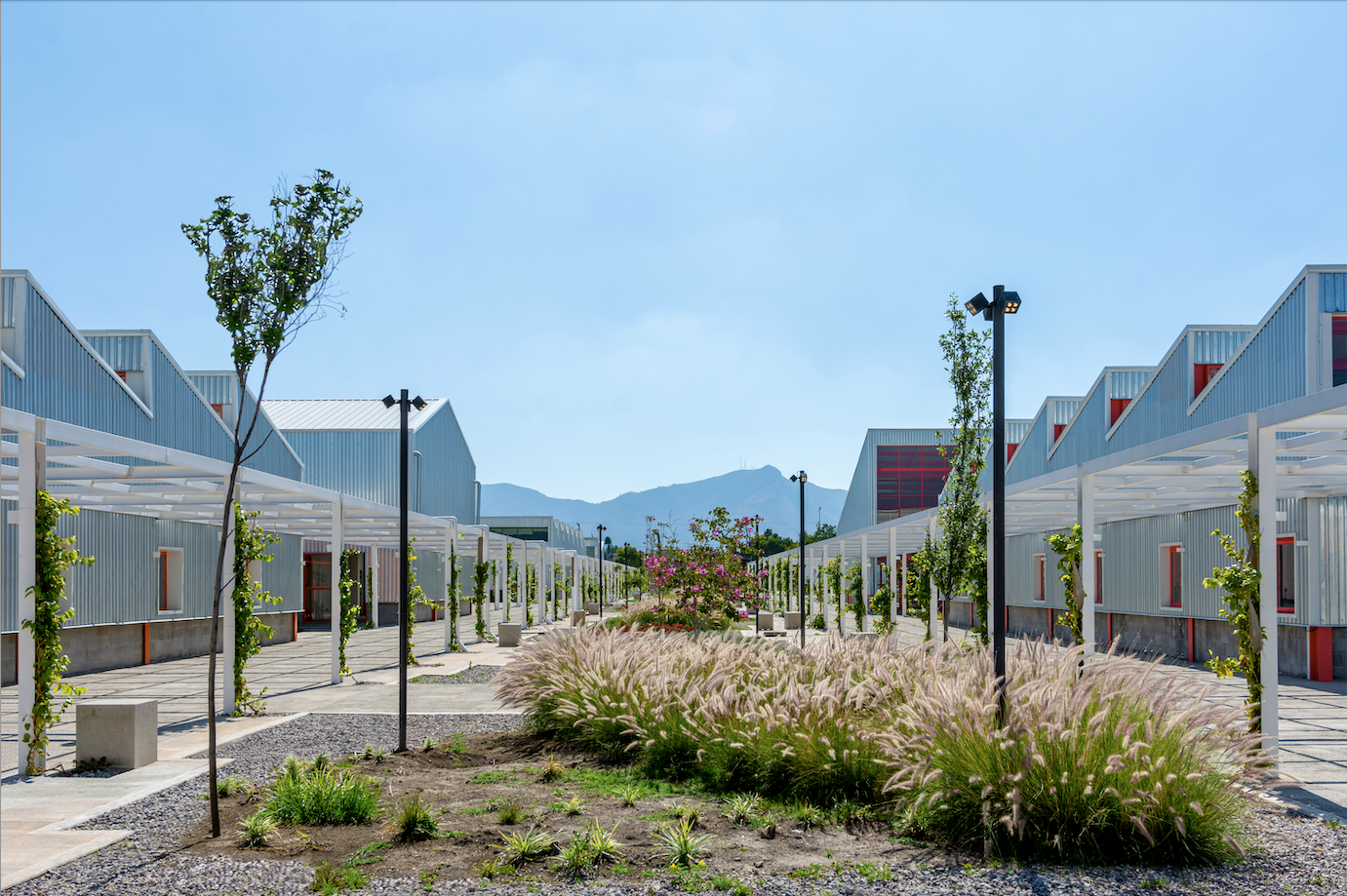 Mexico's Office of Urban Resilience creates projects that cities can learn from
Mexico's Office of Urban Resilience creates projects that cities can learn fromAt Office of Urban Resilience, the team believes that ‘architecture should be more than designing objects. It can be a tool for generating knowledge’
-
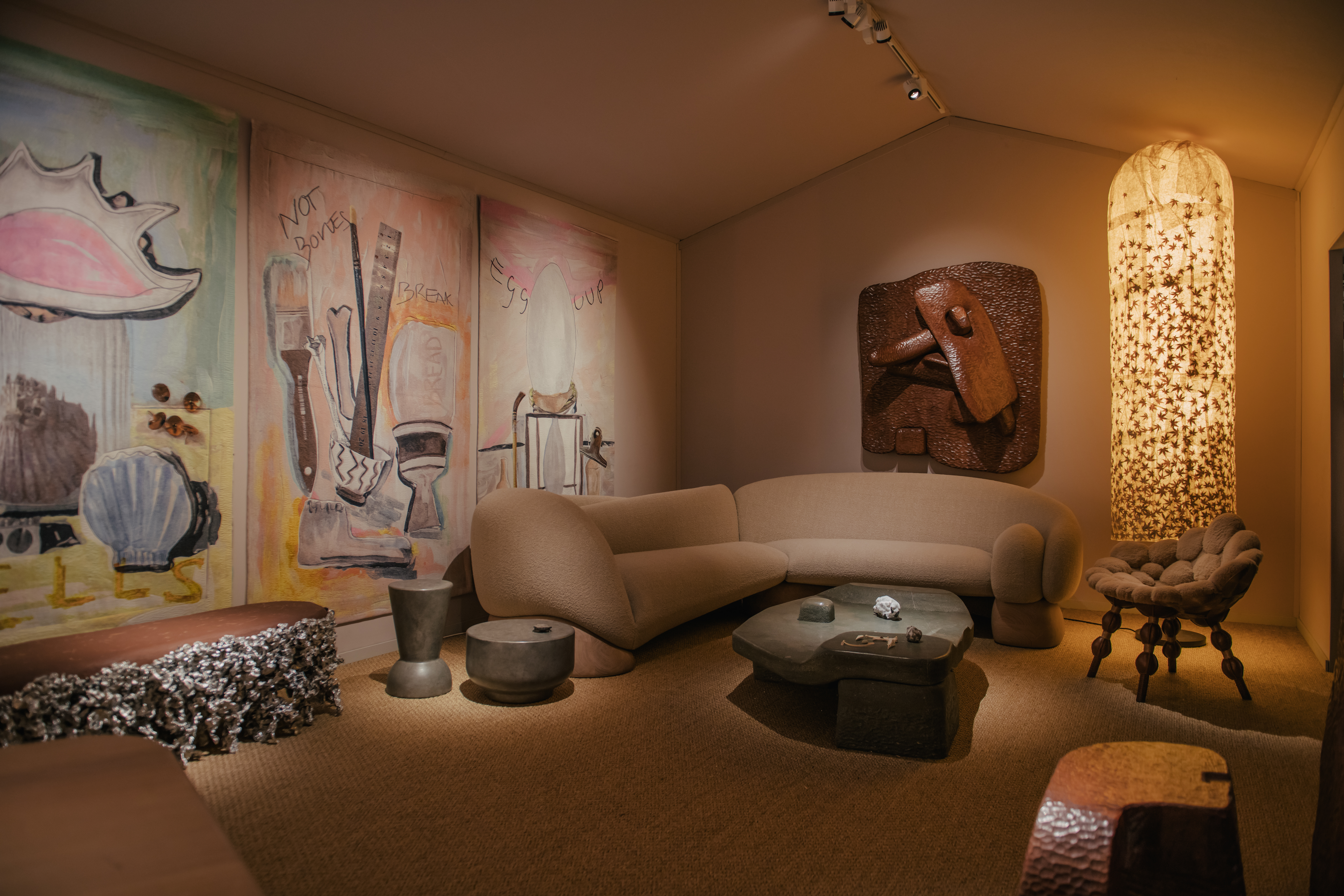 Step inside Faye Toogood's intimate cabinet of curiosities at PAD London
Step inside Faye Toogood's intimate cabinet of curiosities at PAD LondonFor PAD London 2025, (until 19 October) Faye Toogood presents The Magpie’s Nest with Friedman Benda
-
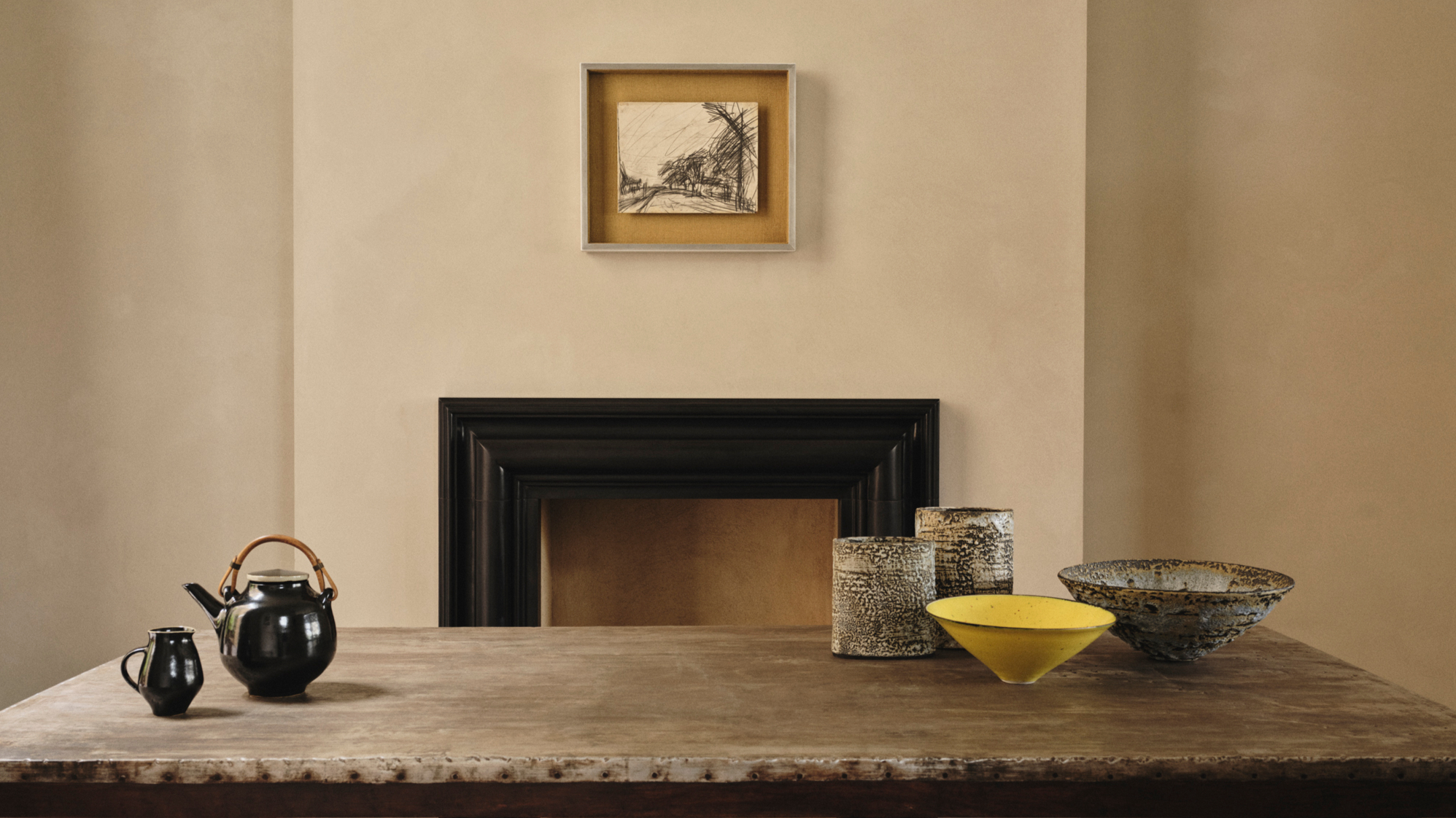 Rajan Bijlani opens his Primrose Hill home for ‘Electric Kiln’
Rajan Bijlani opens his Primrose Hill home for ‘Electric Kiln’In his London home – once the studio of ceramicist Emmanuel Cooper – Rajan Bijlani stages ‘Electric Kiln’, uniting Frank Auerbach, Lucie Rie and Cooper in an intimate reflection on the creative spirit of postwar London
-
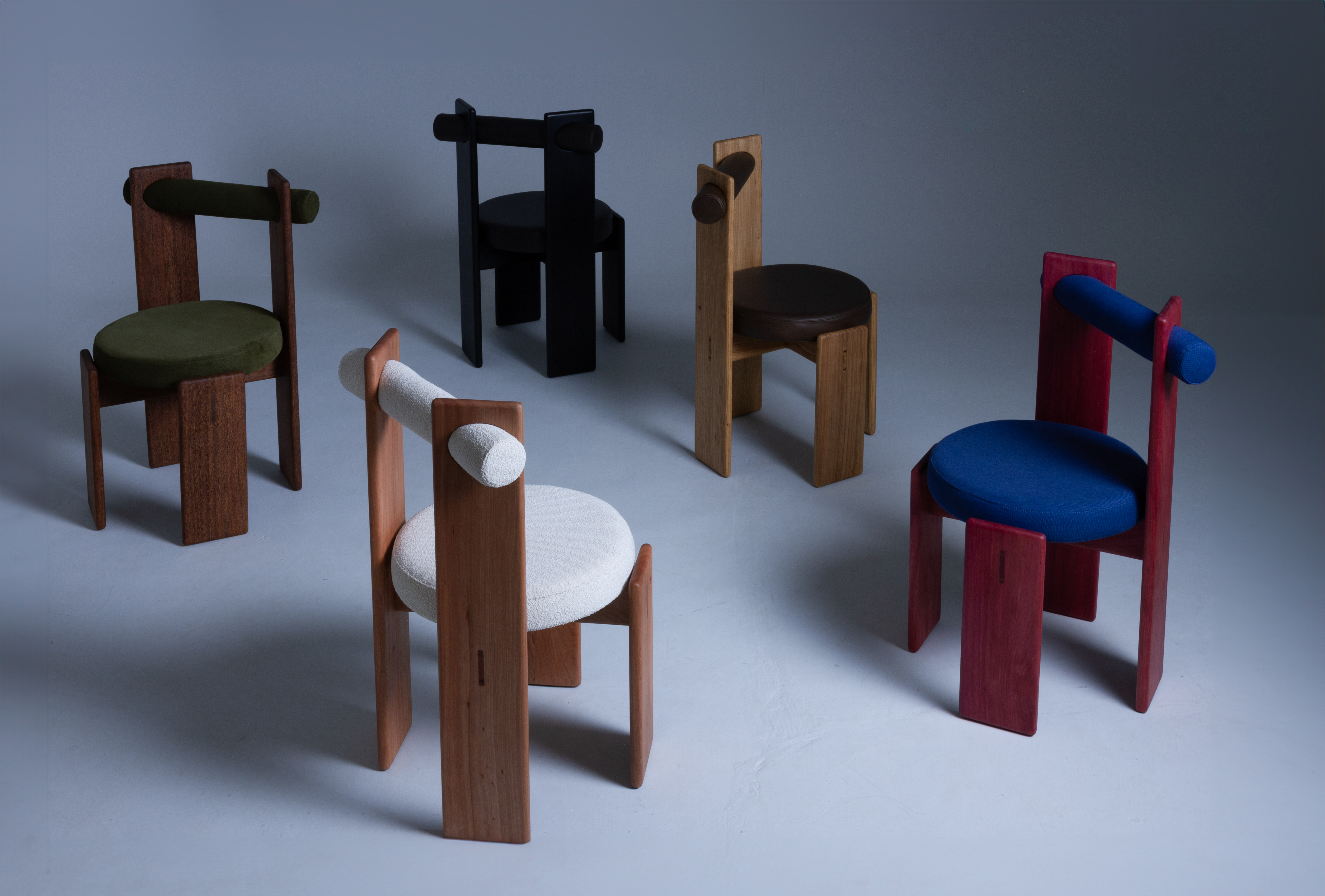 These are the design exhibitions to see in London during Frieze Week
These are the design exhibitions to see in London during Frieze WeekWe round up the best design events happening in London in conjunction with Frieze Week 2025: discover collectible design and craft across the city
-
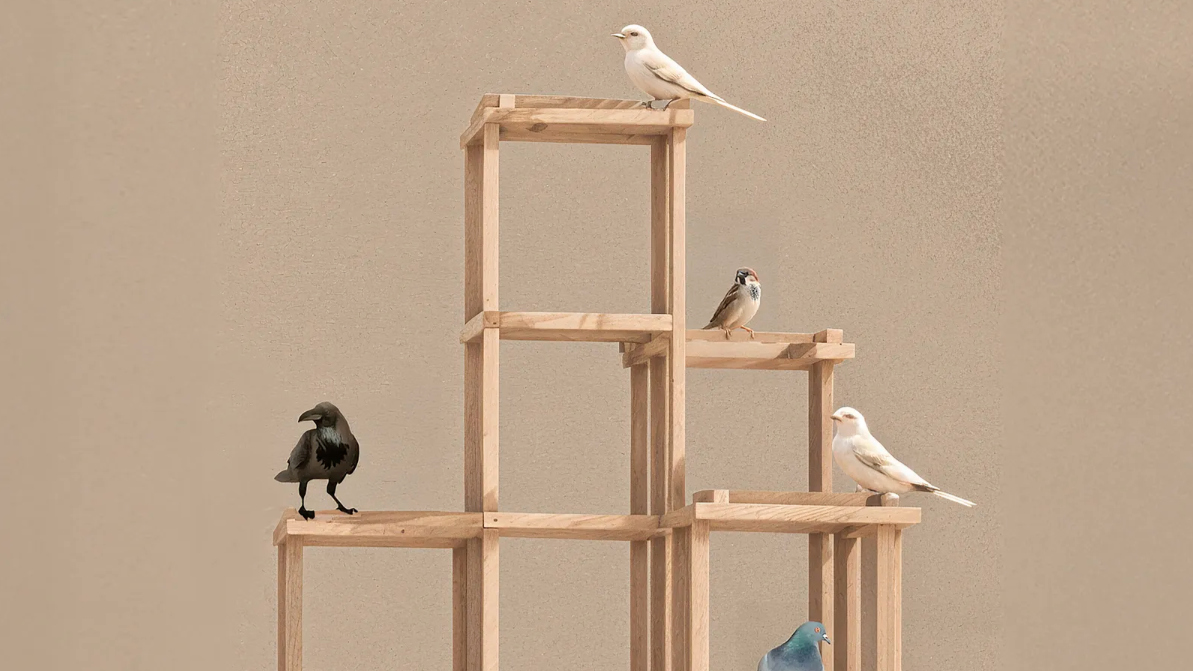 Norman Foster and nine other architects design birdhouses for charity – you can bid
Norman Foster and nine other architects design birdhouses for charity – you can bid‘Architects for the Birds’ is spearheaded by Norman Foster and the Tessa Jowell Foundation to raise funds to improve treatment for brain cancer. Ten architect-designed birdhouses will go up for auction
-
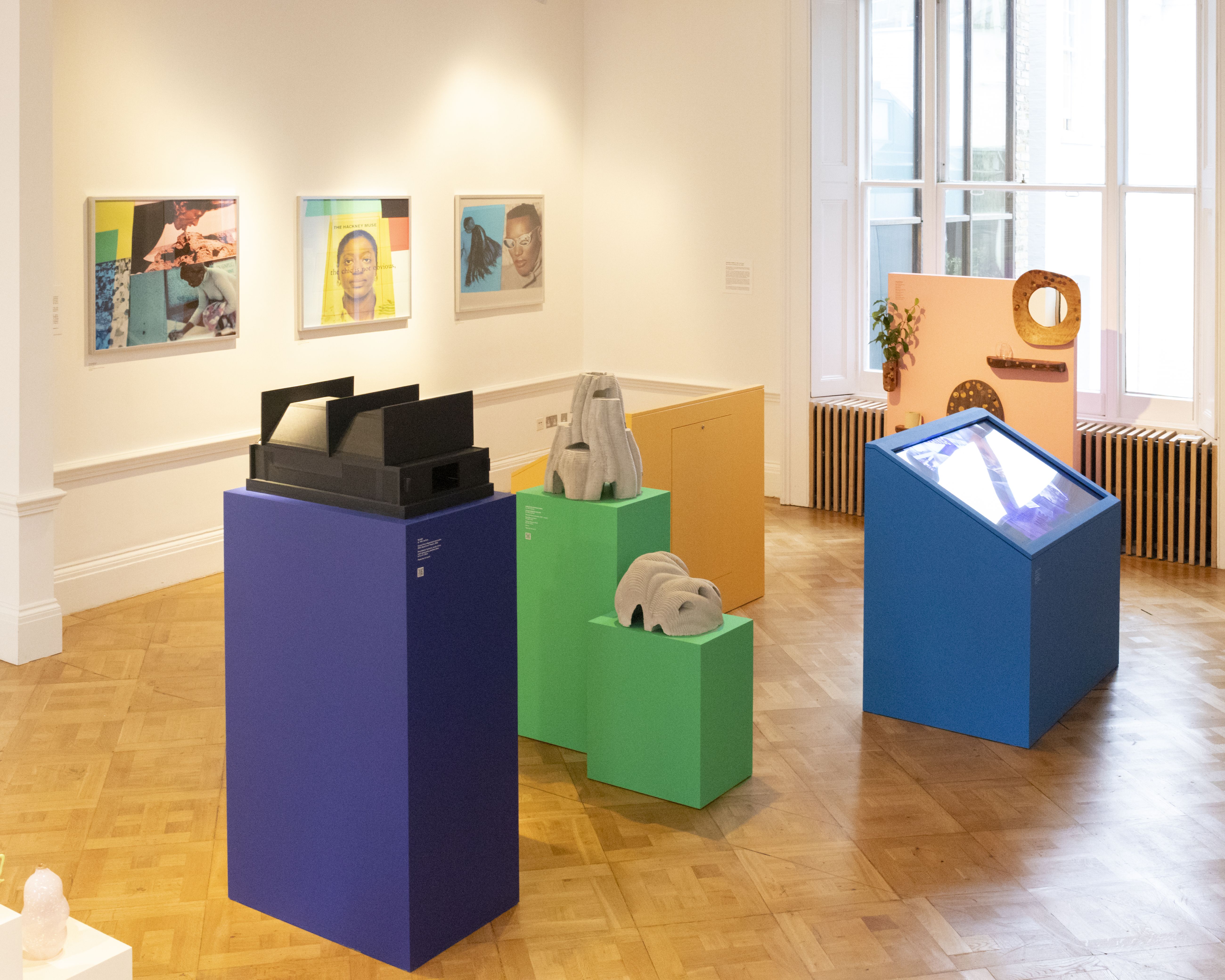 The David Collins Foundation celebrates creativity in all its forms at London Design Festival
The David Collins Foundation celebrates creativity in all its forms at London Design FestivalThe David Collins Foundation presents ‘Convergence’ at the Lavery during London Design Festival 2025 (on view until 19 September), featuring works from the Arts Foundation’s annual Futures Awards
-
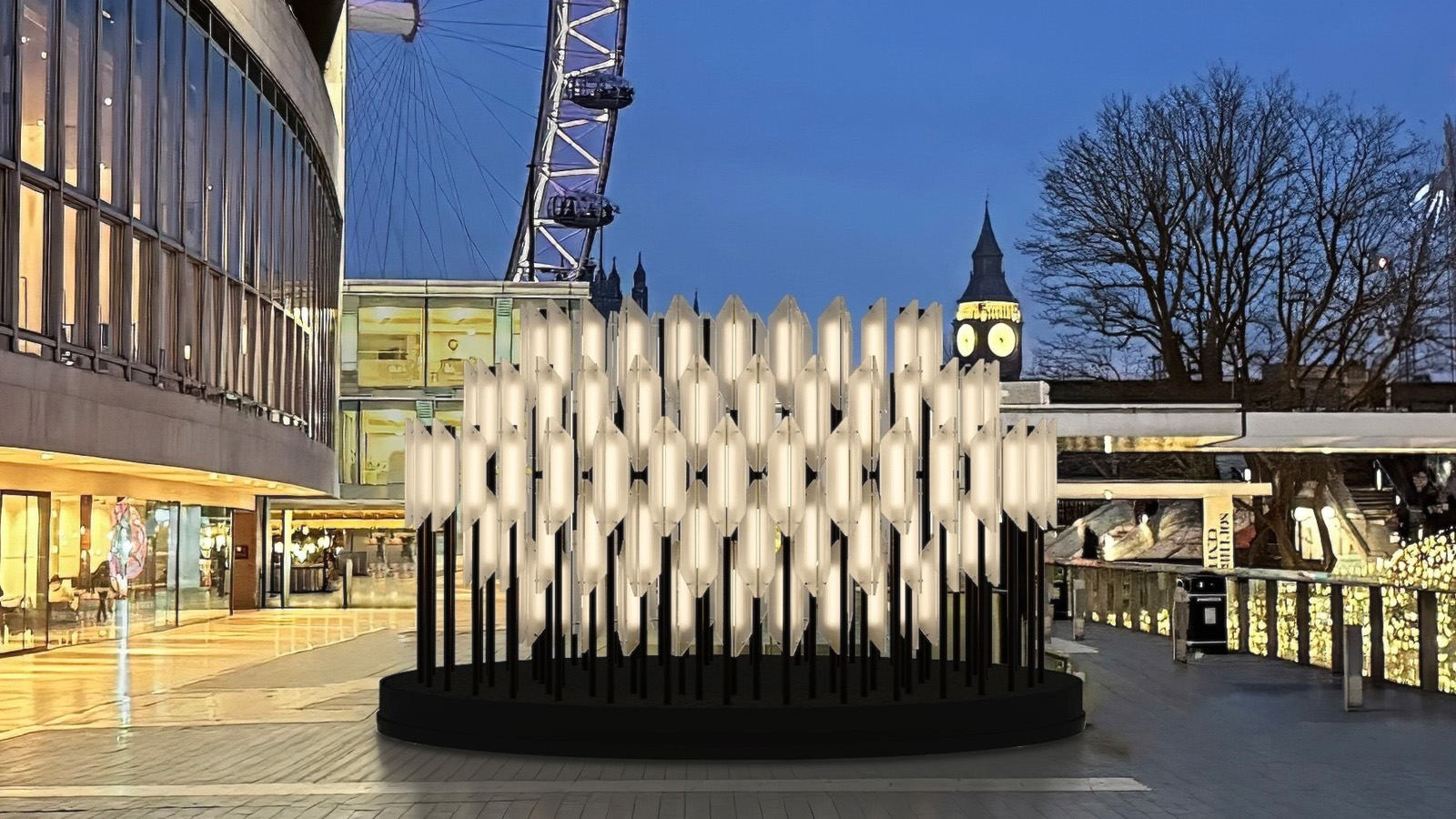 Lee Broom’s brutalist-inspired ‘Beacon’ will light up London as Big Ben strikes the hour
Lee Broom’s brutalist-inspired ‘Beacon’ will light up London as Big Ben strikes the hourSet to pulse through London Design Festival 2025 (13-22 September) and beyond, the British industrial designer’s sculptural light installation on the South Bank draws on its surroundings
-
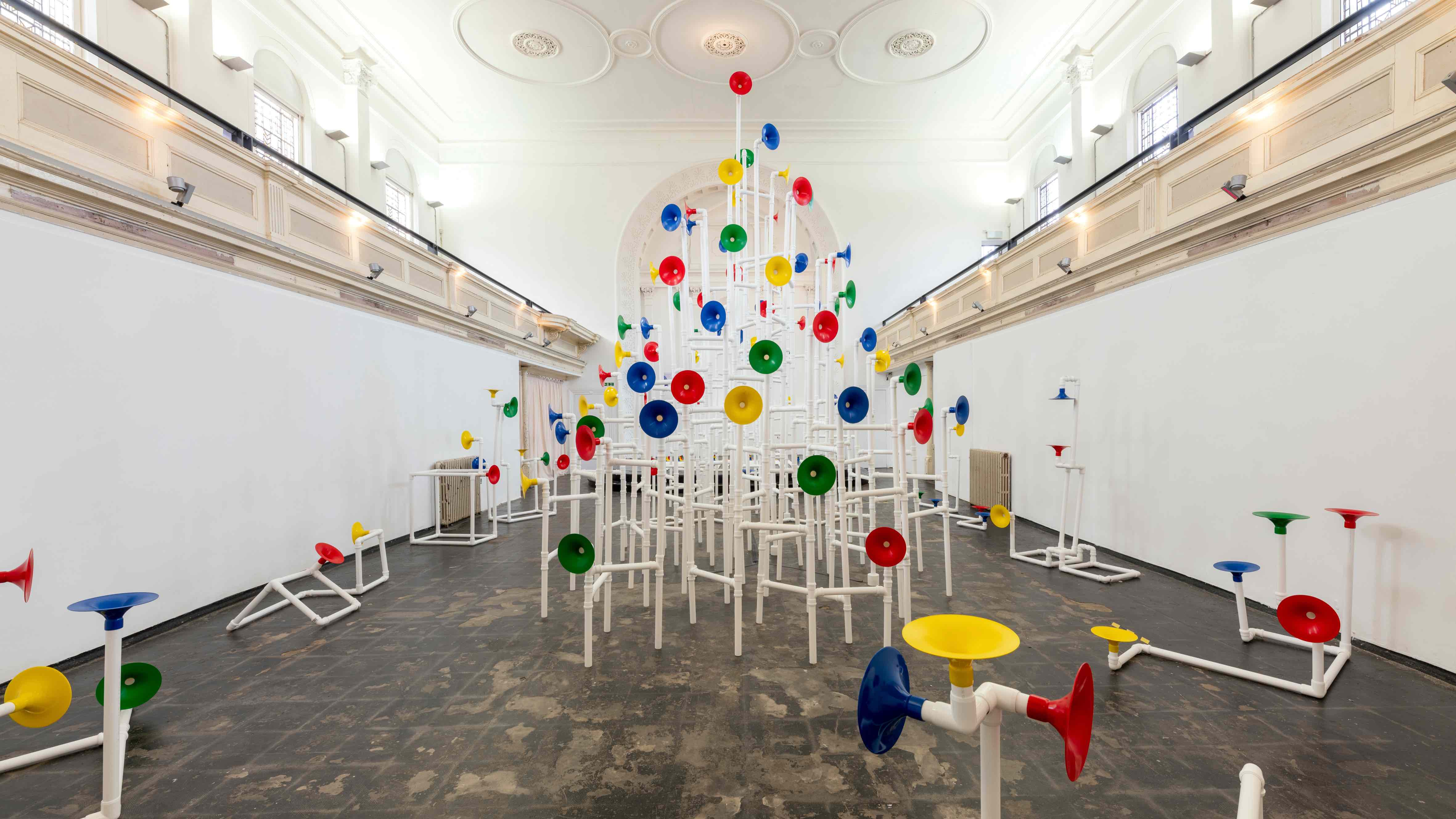 Yuri Suzuki turns sound into architecture at Camden Arts Projects
Yuri Suzuki turns sound into architecture at Camden Arts ProjectsThe sound designer unveils ‘Utooto’, an interactive installation at London’s Camden Arts Projects (until 5 October 2025), in which visitors collaboratively build a sonic piece of architecture
-
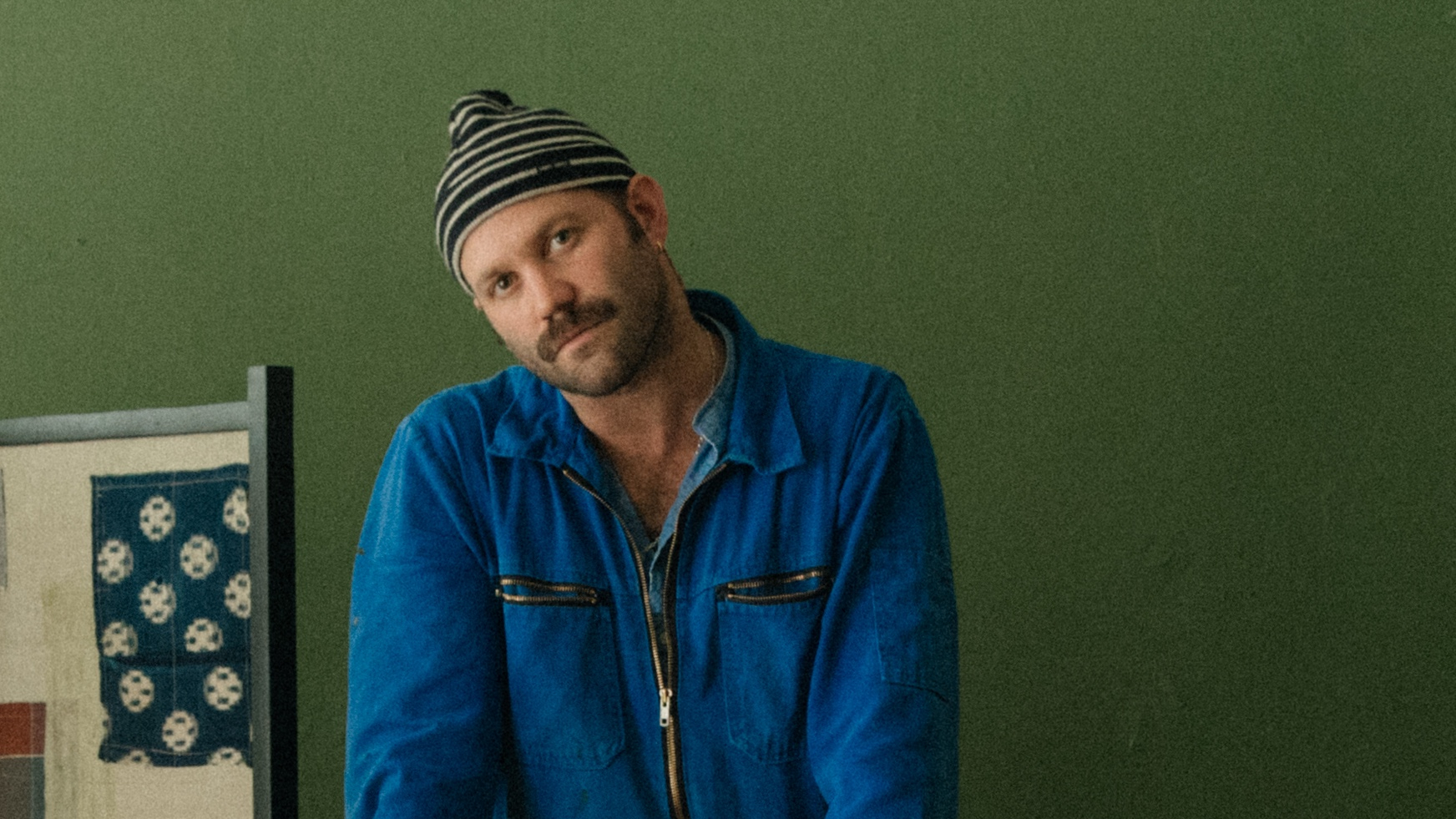 Alex Tieghi-Walker unveils his plans for Brompton Design District 2025
Alex Tieghi-Walker unveils his plans for Brompton Design District 2025Ahead of London Design Festival 2025, we catch up with New York gallerist Alex Tieghi-Walker about his appointment as curator of the Brompton Design District programme